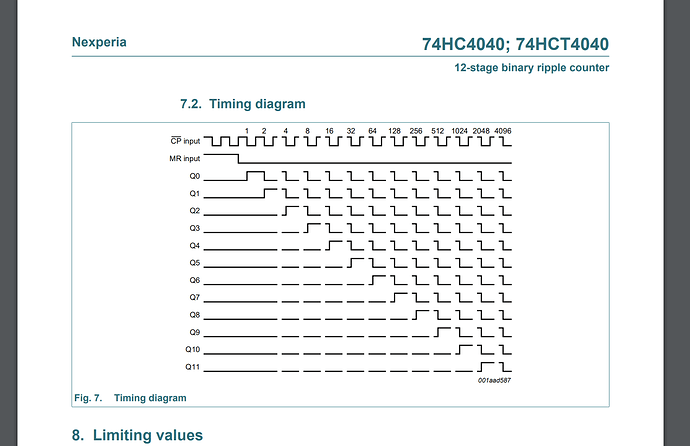Nice work @cyberboy666 and of course @schaferob 
About 2 comparators effect (or is it 3 comparators now?  ) you can add 100nF decoupling caps for each IC supply pin, might work fine without it, but it’s always good to have them.
) you can add 100nF decoupling caps for each IC supply pin, might work fine without it, but it’s always good to have them.
First the video signal is AC coupled using the 1uF cap, and then the 1N914 and 150k pulls the signal up to 600mV, so whatever signal at the input (AC or DC coupled), the signal at the input of the comparators will evolve between 0.6V and 1.6V.
Then the comparator used for sync has a threshold voltage of about 850mV, so the output of the comparator will switch between low and high according to sync (sync extractor).
The other comparator threshold is used for the luminance of the video, like, everything brighter than threshold will be white, everything darker will be black (or the other way around).
The potentiometer divider provide a voltage ranging from about 900mV (just a little above sync) to 2.2V, which is a little bit above the max voltage of the video signal, 1.6V, but it might be because the first version of the circuit didn’t had the clamp part and so it was dependent of the DC content of video signal (?).
I’ve edited the simulation with just the two comparators, also changed the threshold resistor, so the potentiometer can be used at full range.
Then, to add another comparator stage, first it requires to split the previous threshold range to the two comparators (previous was 0.9V->1.6V, so the lower comparator can be 0.9->1.25V and the high one 1.25V->1.6V).
Here is a small excel sheet to calculate potentiometer divider based on supply voltage, min/max voltage needed and potentiometer value https://docs.google.com/spreadsheets/d/1AwFTcx-UxtUp4F8azxw0s4nCCLAMrOF2gW4dwOxHHsI/edit#gid=0
Then the other thing that needs to be modified is the summing resistors at the comparators outputs.
Here is the simulation with the 3 comparators. I’ve modified the 1.2K resistor at the output with 1.5k, so it gives around 1V signal at the output, and then adjusted the summing resistor so it gives a sync at around 300mV, first comparator around 600mV, and last one at 1V. Also, this is basic simulation in circuitjs so, might need some value tweaking IRL.
Now, LM311 comes in a DIP8 package with only one comparator inside, so it could be swapped for either LM393 (which is also DIP8 but dual) or LM339 (DIP14 quad) if you want to save some space on the board, so you would have a fourth comparator, or another shade of gray 
![]()

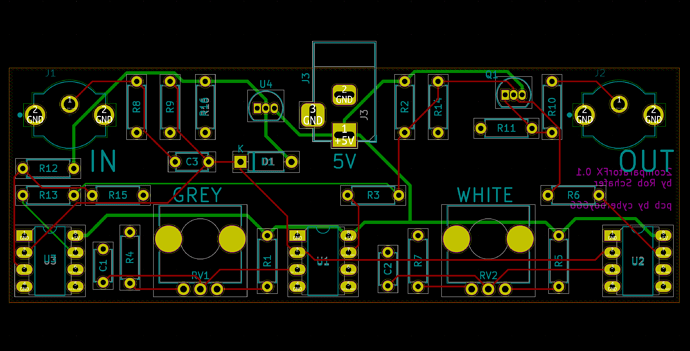
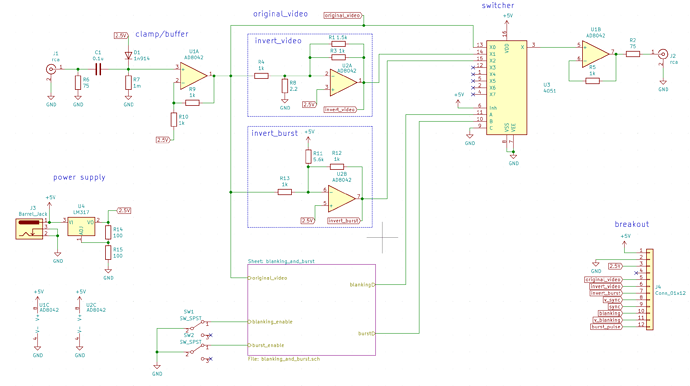
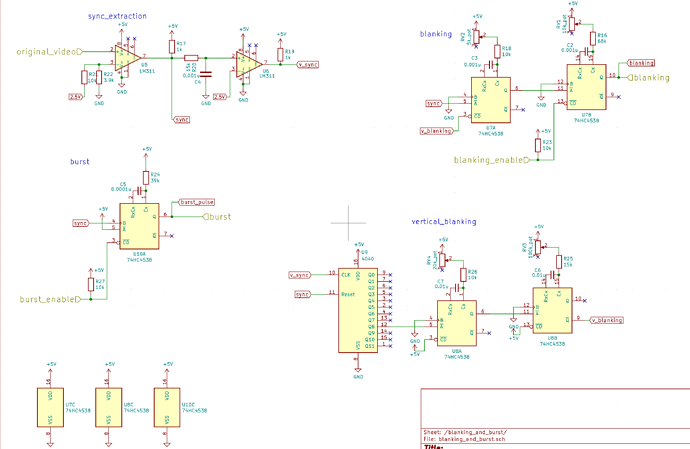
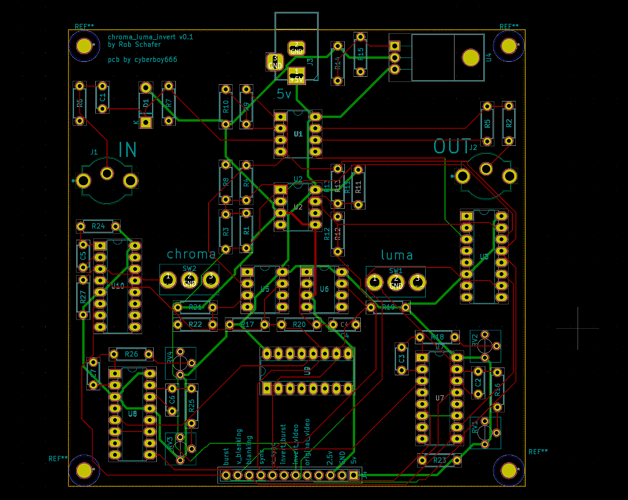
 ; digikey has the quad version available in smaller quantities
; digikey has the quad version available in smaller quantities

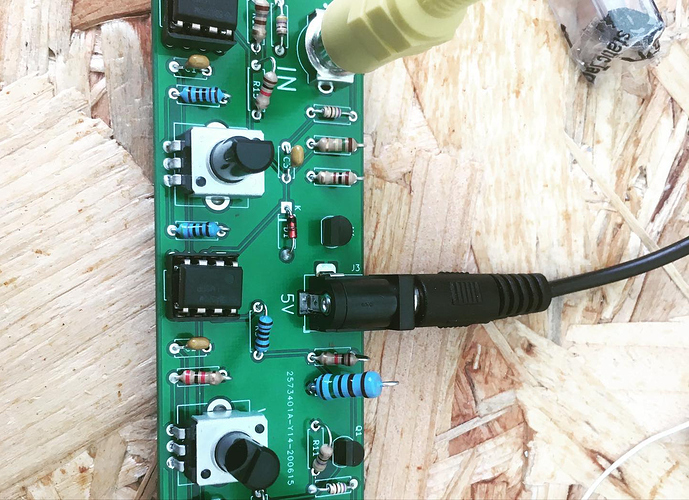
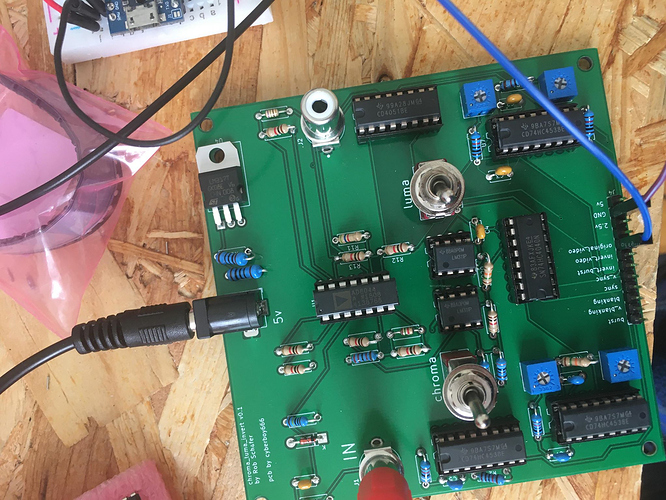
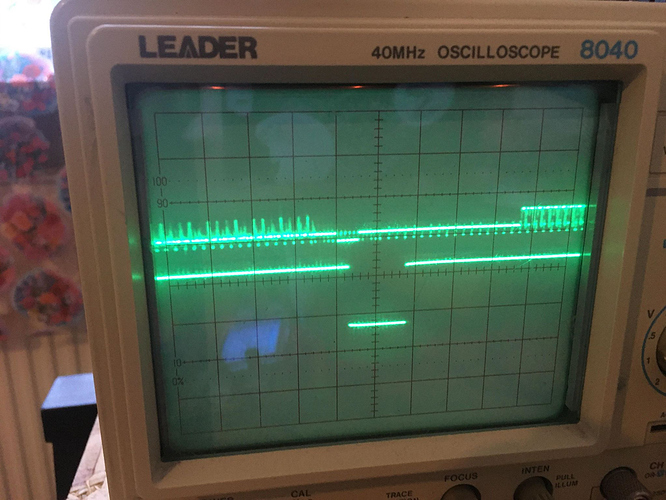
 )
)